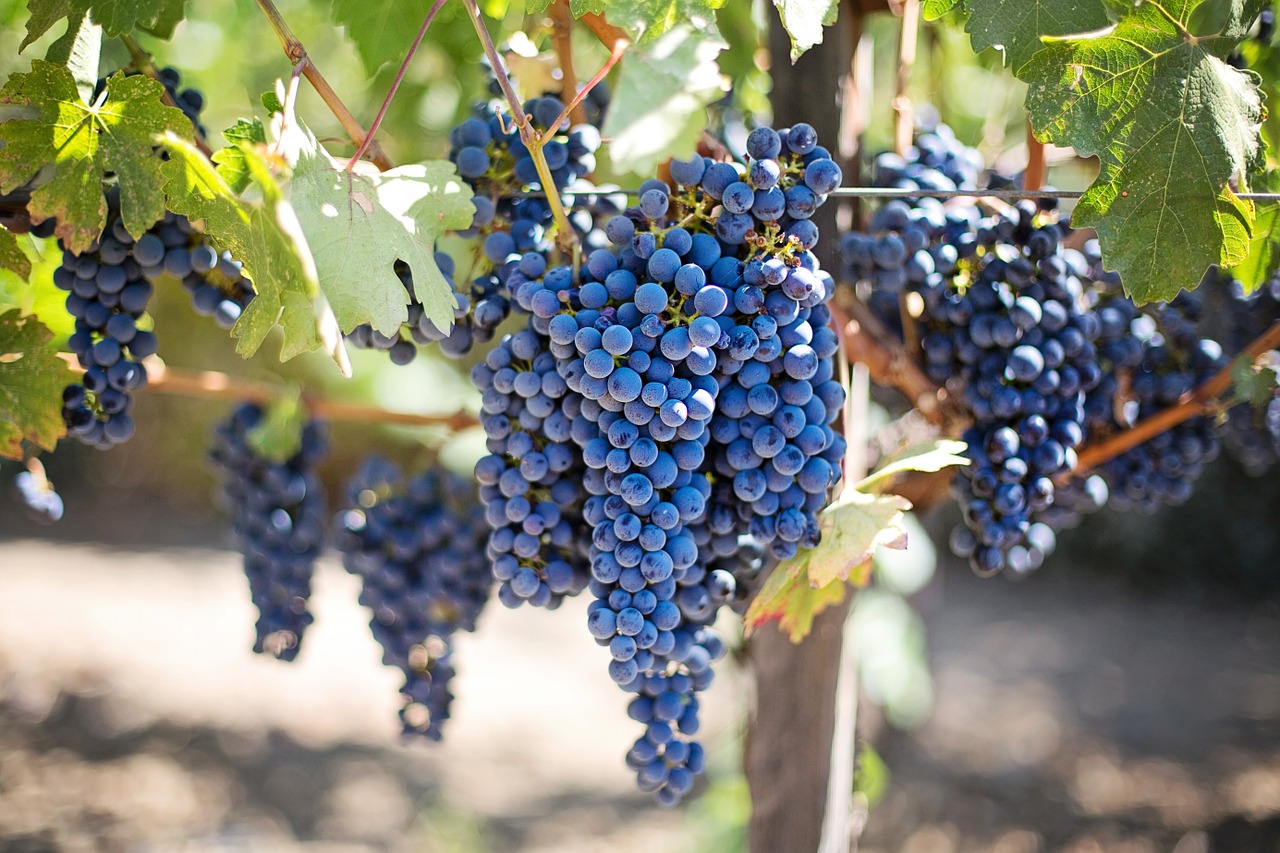If you’ve ever been interested in finding out more about how wine is made and what the grapevine life cycle role is, you’re in the right place! Find out exactly how the grapevine changes throughout the seasons. And if you want to tell others about what you’ve learned, just say you “heard it through the grapevine.”
Background of the Grapevine
Great wine starts with great grapes, and great grapes start with great grapevines. Grapevines are “perennial plants,” which means that each winter they die, and each spring they bloom again.
Because of this perennial grapevine life cycle, grapevines take a few years to mature.
A Grapevine’s first years
In the first year of its life, it is extremely important for a grapevine to be nurtured. The nutrients received in the first year of the grapevine life cycle will help it produce good grapes. As the grapevine gets a good start on growth, it is able to develop strong, deep roots, which will help the plant thrive over many seasons.
The quality of the grapes will affect the quality of the wine, so it is very important that these grapevines receive the proper nutrients. If a grapevine doesn’t receive enough nutrients, it can produce grapes that are too small and never ripen. A grapevine with too many nutrients will produce overly large leaves and grapes that don’t have as much flavor. Both of these extremes will lead to poor quality wine, so it’s important to balance the amount of nutrients grapevines receive.
Grapevines typically start producing wine grapes after their third year.
Wine-producing grapevine life cycle
When grapevines are considered mature, they start producing grapes that are suitable for making wine. If the grapevine life cycle has gotten off to a great start, you’ll have delicious grapes for wine.
In the spring, the grapevine life cycle begins. The vine will begin to bloom in April or May. As the blooms continue to grow, they’ll develop bunches. Eventually, these bunches will become grapes.
Then, in mid-to-late summer, the grapes begin to ripen. They’ll change from green to purple, yellow, red, or pink.

Harvesting the grapevine
It is extremely important to time the grapevine harvest properly. After the grapes change color, they’ll continue to ripen for a few more months. Then, in the fall, they’ll need to be harvested.
Once the grapes reach their perfect ripeness, they have to be harvested. Because the grapes will continue to ripen as long as they’re on the grapevine, harvesters will work extremely hard to make sure all the grapes are harvested as quickly as possible to preserve this ripeness.
After all the grapes are harvested, the grapevine’s leaves begin to die off in late fall or early winter. Once all the leaves fall and the grapevine “dies,” the grapevine life cycle is complete and will begin again next spring.
Looking to try these incredible wines?
St. Helena is part of the Napa Valley AVA and home to many wonderful vineyards. Stay at El Bonita Motel to be close to the wineries and tasting rooms where you can try the famously delicious wines!
